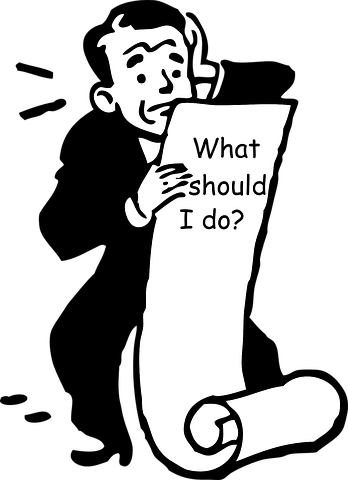Life can get crazy at times, especially as a leader and business owner. You’re constantly being pulled in different directions daily. While sometimes we’d like to throw our hands in the air and run away to a tropical island, life dictates that we find a way to cope. So, in honor of those days where it all seems too much, today I’ll share leadership tips on how to prioritize better in the workplace.
Identify Urgent vs Important Tasks
As a leader in the middle, you are often faced with unique but persistent challenges that demand your attention, seemingly at once. Should you serve your boss, deal with a client, or coach an employee through a tough challenge? All seem important or urgent, but which one is a priority?
“Important tasks are proactive activities we
need to do in order to develop our business,
our people, and ourselves. They are almost
always designed to lead to positive results
and getting better at what we do.”
Nathan Jamail, Serve Up, Coach Down
Not doing important tasks more often does not lead to immediate or short-term consequences. The result of the delay may be dire, but the impact may be long-term, immediately out of your line of sight.
On the flip side, the reverse is true for urgent tasks.
“Urgent tasks are usually the result of things
that are happening to us or our teams as a
result of problems or requests, and thus, reactive.
Not all urgent tasks are negative—
some are immediate opportunities that are
great—but even those can become negative
when they get in the way of what is really
important.”
Nathan Jamail, Serve Up, Coach Down
Despite an urgent task’s demand for short-term action, they tend to lack long-term consequences. So, what do you do? Well, us humans tend to prioritize immediate comfort and often choose to focus on urgent tasks. However, it doesn’t make it right.
Yes, you can reply to urgent emails, but does it take precedence over meeting with your team? Should you fix a mistake made by your team, or cancel your one-on-one meeting with that new employee?
The latter examples both carry long-term consequences. Your team will take note that you’ve once again put them on the back burner and it may have later repercussions. Cancelling that one on one meeting with your new employee will set a precedence
I say this to point out; it is important to weigh the magnitude of the situation and then prioritize accordingly. Even more, prioritizing against consequences can force others to step up.Take for example that employee’s mistake, remaining focused on your important task allows your staff member the opportunity to recall past coaching sessions and use it to resolve the issue on their own.
Applying the Serve Up/ Coach Down Mindset to Priorities
Adopting the right mindset to priorities is critical to your career advancement. There is never an excuse to shirk your role or responsibilities to focus on the minor. It all boils down to getting a little uncomfortable by focusing on the more important tasks on your to-do list.
“The correct mindset [is] fueled by great coaching and an
ability to serve up… I know if I am to serve my boss and
accomplish what is expected of me, I need to be coaching my
employees and make that my number one priority. Coaching
activities must be as or more important than urgent.”
Nathan Jamail, Serve Up, Coach Down
Circling back to the beginning, being a leader is hard, but to add, being a successful leader and coach is harder (yet more rewarding). Serving up and coaching down in the workplace should always remain the priority. To execute, you need a positive mindset and the skill to weigh what is important versus what is urgent against consequences.
I am here to help your organization build these skillsets. Let’s arrange a virtual workshop or for more inspiration, a keynote address.








